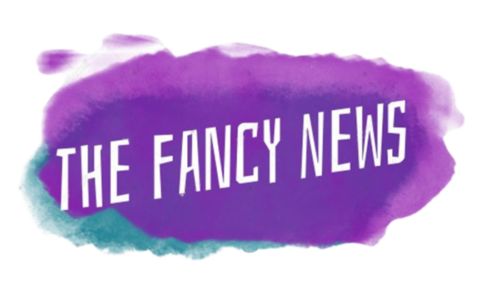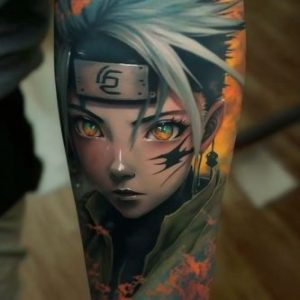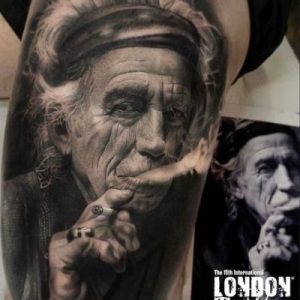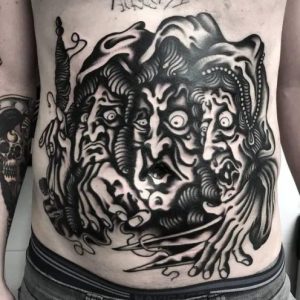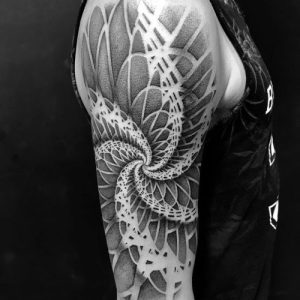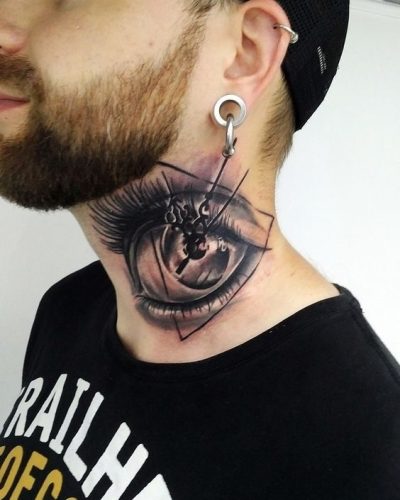
The world of tattooing has experienced an evolution in recent years, with advancements in technology introducing innovative and futuristic concepts.
One such trend that has gained significant attention is the virtual 3D tattoo on the back of the neck. Combining the art of tattooing with augmented reality, this cutting-edge form of body art offers a unique and captivating experience.
In this article, we will explore the concept of virtual 3D tattoos, their growing popularity, the process behind creating them, and the potential impact on the tattoo industry.
Understanding Virtual 3D Tattoos
Virtual 3D tattoos combine the permanence of traditional tattoos with the interactive element of augmented reality.
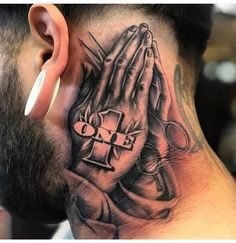
Unlike regular tattoos, which are static designs inked onto the skin, virtual 3D tattoos come to life through digital enhancements.
These tattoos are typically placed on the back of the neck, making them easily accessible for viewers and wearers alike.
The tattoo design is created using special ink infused with conductive particles that respond to specific frequencies emitted by AR-enabled devices.
When the tattoo interacts with these frequencies, it triggers digital animations, transforming the once static art into a dynamic and immersive experience.
This fusion of real-world art with virtual elements opens up a whole new realm of possibilities for both tattoo artists and enthusiasts.
Growing Popularity and Appeal
The appeal of virtual 3D tattoos lies in their novelty and interactive nature. In a world where self-expression through body art is increasingly common, individuals are constantly seeking new and unique ways to showcase their personalities.
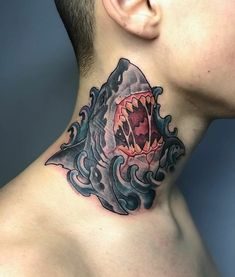
Virtual 3D tattoos offer a level of personalization and interactivity that traditional tattoos cannot match.
Moreover, the integration of technology with body art has a strong allure for tech-savvy individuals, pushing the boundaries of what tattoos can achieve.
The virtual 3D tattoo represents a fusion of art, technology, and individualism, creating an unforgettable experience for both the wearer and those who interact with it.
Creating Virtual 3D Tattoos
The process of creating virtual 3D tattoos involves a collaboration between tattoo artists and AR developers.
First, the artist designs the tattoo using traditional methods, paying careful attention to the elements that will come to life through augmented reality.
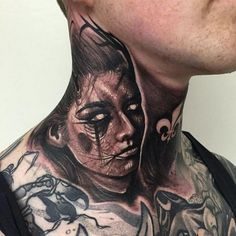
The design is then transferred onto the back of the neck using special conductive ink, making sure it is placed optimally for AR interactions.
Next, AR developers create digital animations and effects that complement the tattoo design.
These animations are programmed to respond to specific frequencies, seamlessly integrating with the tattoo’s aesthetics.
Once the tattoo is complete, the wearer can use a smartphone or AR glasses to activate the virtual elements, bringing their tattoo to life.
Impact on the Tattoo Industry
The introduction of virtual 3D tattoos has the potential to revolutionize the tattoo industry in several ways. Firstly, it opens up new artistic avenues for tattoo artists, allowing them to explore the merging of physical and digital art forms.
This innovative approach may attract a new breed of tattoo artists with expertise in both traditional art and AR development.
Secondly, the appeal of virtual 3D tattoos could boost the overall demand for tattoos, attracting individuals who were previously hesitant about getting inked.
The dynamic and interactive nature of these tattoos appeals to a broader audience, transcending traditional age and demographic barriers.
Additionally, this trend might encourage the growth of specialized AR tattoo studios, where artists and developers collaborate to create truly unique and captivating experiences.
Such studios could become hubs for creativity, drawing enthusiasts from various backgrounds and industries.

Virtual 3D tattoos on the back of the neck represent an exciting fusion of art and technology, captivating the imagination of tattoo enthusiasts and tech-savvy individuals alike.
The integration of augmented reality with traditional body art offers a novel and interactive means of self-expression.
As this trend continues to gain popularity, it has the potential to redefine the tattoo industry, leading to new possibilities and artistic exploration.
Whether you are a tattoo enthusiast or simply curious about the latest trends in body art, virtual 3D tattoos are undoubtedly a fascinating phenomenon to watch.
